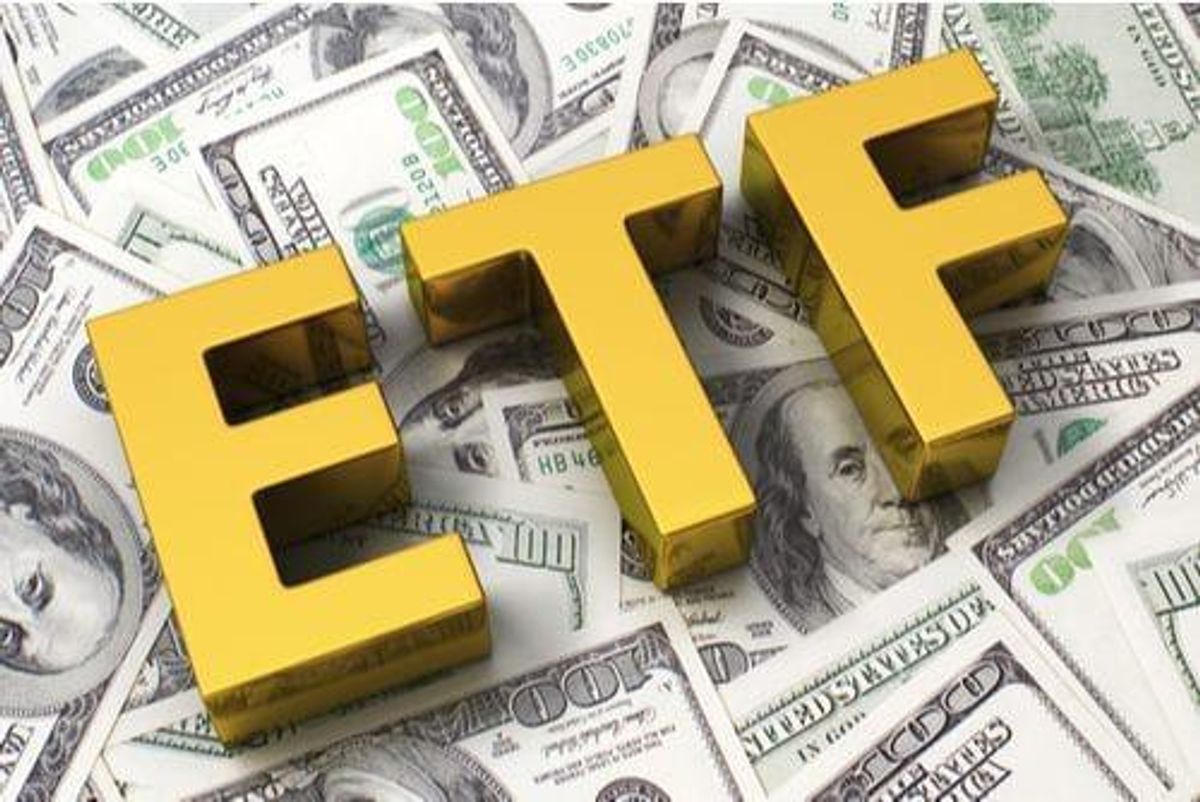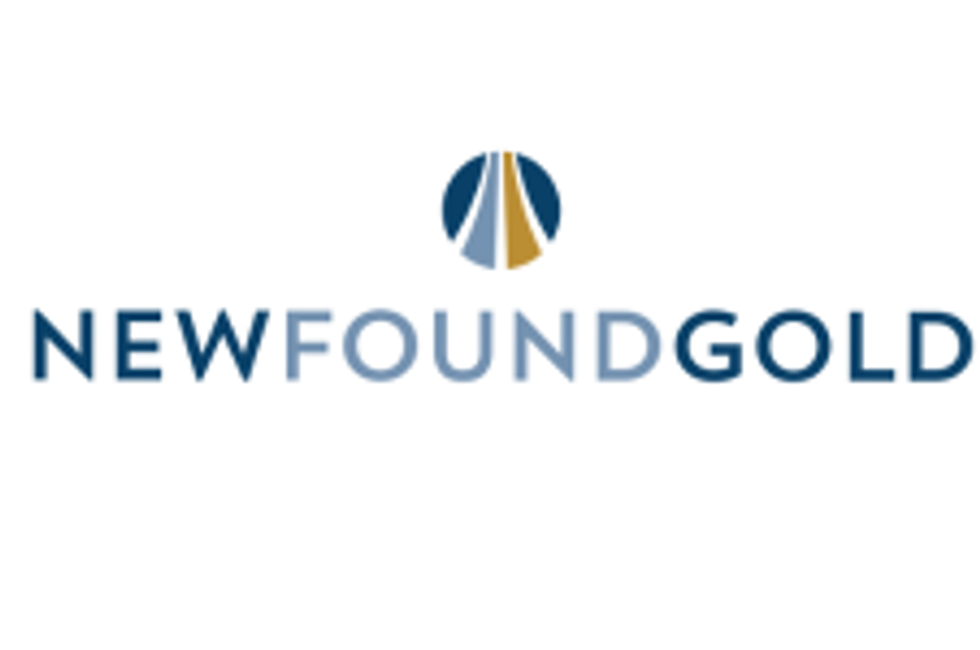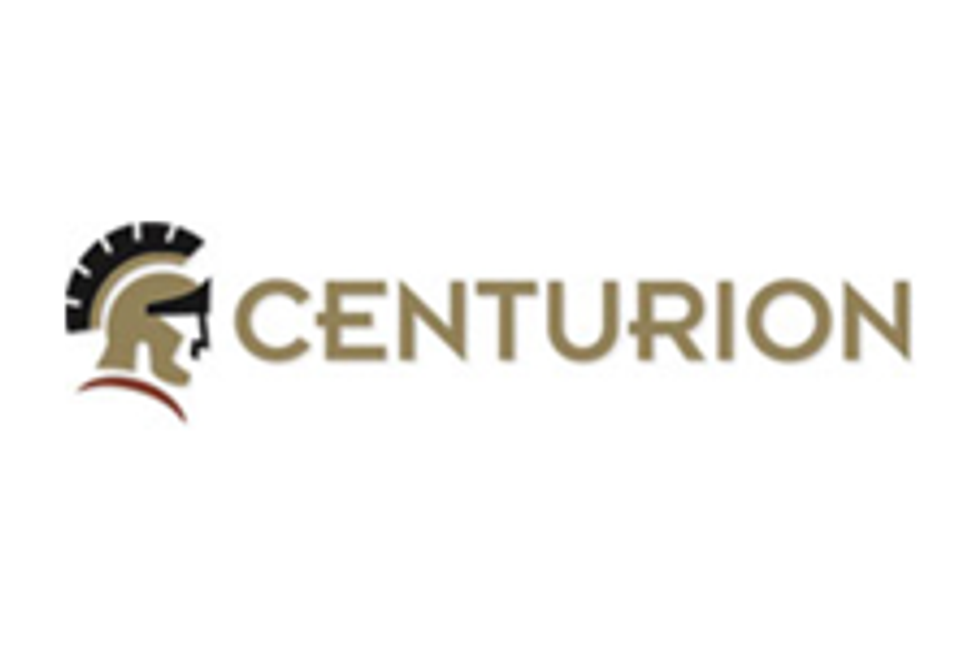
Gold ETF inflows for the first five months of 2020 have shattered the previous 2016 high, ballooning holdings to a record 3,510 tonnes.
The gold exchange-traded fund (ETF) sector is on fire this year, recording its largest-ever inflows in the first five months of 2020.
In May, 154 tonnes of the metal were added to gold-backed ETF holdings; that was a US$8.5 billion increase month-over-month and brought the year’s total to US$33.7 billion.
Inflows from January to the end of May shattered the previous 2016 record of US$24 billion, and ballooned ETF holdings to an all-time high of 3,510 tonnes.
But while 2020 has seen high activity, Adam Perlaky, researcher at the World Gold Council (WGC), pointed out that gold ETFs have seen a steady upward trajectory in investment demand for the last five years.
“A big reason for this is the global growth of the ETF market and the acceptance of using ETFs to gain exposure to gold, in particular in Europe,” said the author of the council’s monthly ETF report.
Demand for the yellow metal has trended higher month-on-month this year (except for March), helping to drive the rapid price growth that has sent the metal from US$1,552.50 per ounce in January to its year-to-date high US$1,758 on May 19.
As other commodities grappled to make gains following the mid-March market crash, which was brought on by global lockdowns, gold quickly pulled back its lost ground due to its versatility, a factor Perlaky said benefits the metal in a number of environments.
“So in good times, where there’s economic expansion and wage growth, demand for jewelry, technology, those aspects of the gold market tend to do really well,” he said. “But in times where there are economic downturns or uncertainty or risk in the markets, then gold tends to be either a diversifier or hedge.”
Is gold ETF growth too much to handle?
Unsurprisingly, an increasing gold price also means demand growth for both physical and paper gold. Prices have been on an upward trajectory since August 2018, when gold’s value was just US$1,1184, and this year’s new highs in investment demand are the result of numerous factors.
“I would say first, with the economic and geopolitical uncertainty, lofty stock valuations and low rate environment, there’s certainly been drivers for investment demand, and that clearly led some new investors into the space,” Perlaky said. “But I also think the growth in the number of funds globally has also given access to additional investors.”
He went on to note that three new gold ETFs have been launched in China in the past month.
With ETF and physical gold demand heightening, questions about production are being raised — especially in a year that has seen miners and explorers reduce or curtail work while they implement and follow COVID-19 protocols.
In fact, the mid-March drop in the markets and gold was followed by a rush to safe havens. It made accessing physical gold difficult, and potentially pushed new investors towards the paper variety.
When asked if there is enough gold for the continued growth of the ETF sector, Perlaky highlighted the sheer volume of the gold space. Describing its liquidity as significant, he pointed out that the market has traded over US$180 billion dollars a day in 2020.
“… And the liquidity itself has been more meaningful in times of economic stress,” the researcher said. “For instance, during the stock market pullback this year, it traded over US$220 billion dollars a day.”
Surpassing many global stock indexes as well as currencies, the gold market’s total value is just under that of the S&P 500 (INDEXSP:.INX).
“While the gold ETF growth is significant, the overall size of the gold market really should be able to handle the continued growth in the space,” he added.
Gold ETF activity draws 2016 comparisons
As 2020 pushes ETFs to new highs, comparisons to the activity seen in 2016 are being made. Before this year’s US$33.7 billion in inflows, 2016’s US$24 billion worth of inflows were the peak.
Strong Q1 ETF investment demand and the positive trend in the gold price are some of the similarities between the years. However, Hans Albrecht, vice president of Horizons ETFs, sees gold continuing to ascend to US$2,000, unlike 2016, which saw the price fall back later in the year.
“(Gold) did well again in 2017 despite a very low-volatility equity environment,” said Albrecht, who is also a portfolio manager at Horizons. “I expect 2021 to be similar as gold pushes even higher on much-improved fundamentals over the 2016/2017 period.”
He also drew a connection between the US Federal Reserve’s long-term quantitative easing, the recent massive stimulus and amplified activity in the gold market, noting that gold is under-owned as an asset, especially since unlike paper currency it is finite.
“The quantitative easing era of the last decade has proven to be a dress rehearsal for the sheer magnitude of liquidity creation that we are seeing now from central banks globally,” he said.
“The massive money printing that the US Federal Reserve and other banks have embarked on dwarfs anything we have seen in the past. In my mind, money printing and financial engineering are the new math, so people are turning to the old math: gold.”
ETFs focused on gold miners also in spotlight
As physically backed gold ETFs have surged, gold-mining company ETFs have also benefited from more investor attention. That follows a prolonged period of difficulty from 2013 to 2016 that resulted in miners consolidating projects.
The result was leaner, more focused producers that are positioned favorably.
“Gold miners have a long way to go should gold remain strong or become stronger. In a world of tough-to-find growth and good stories, gold producers represent good, solid companies with solid cash flow. Real companies making real money,” Albrecht said.
Every incremental rise in the gold price advances the value potential miners offer.
“As gold moved more forcefully through US$1,550, we’ve seen added outperformance from gold producers as their leverage starts to work for them,” he continued. “For example, if a company’s cost to pull out of the ground is US$1,300, every US$50 above US$1,300 makes a meaningful difference.”
More growth ahead for gold ETFs
According to the WGC’s Perlaky, seasonality is not an issue when it comes to gold ETFs. “If you look back historically, since gold ETFs came out in 2003, the total number of months with positive inflows in the first half of the year (are nearly the same as) the second half of the year,” he said.
Despite the historical data, 2020 has been an unprecedented year, a factor that was not lost on the WGC’s gold researcher.
He cited the economic impact of COVID-19, the potential of a second wave, geopolitical relations, social unrest, staggering unemployment rates and the November presidential election as potential drivers for gold investment demand during the second half of the year.
“Also, if you factor in the low to negative real interest rate environment across the world, it improves the opportunity cost of holding gold. So there really is a lot of momentum behind the demand at this point.”
This sentiment was also echoed by Horizons’ Albrecht, who sees the yellow metal performing well longer term, as economies take years to recover from COVID-19 repercussions.
“Fed Chairman Powell expressed that rates will stay low until 2022 — this is particularly bullish for gold,” he said. “In a sense, this new era of stimulus at any cost could be seen as bullish for both broader equities and gold/gold producers.”
Pointing out that gold “thrives in extremes,” Albrecht explained that it correlates to negative real rates and money creation; however, down the road gold could also benefit from inflation.
Perlaky expects the previously mentioned catalyst to keep gold ETF investment demand elevated, and sees no reason to expect a slowdown in investor ETF appetite. He advised investors look at a wide variety of data when assessing the gold market, noting that the WGC is repository of all things gold.
The international gold collective also runs Quarum, a web-based quantitative tool designed to help the public understand macroeconomics and factors in the gold sector.
Albrecht of Horizons ETFs sees gold ETFs being a high-demand investment tool as participants become savvier and more cautious.
“Investors are more and more aware of what things cost, most certainly during the COVID era,” he said, highlighting that investors will be looking for ETF versions of costlier mutual funds.
“Investors aren’t dummies, and they are voting with their ETF purchases.”
Don’t forget to follow us @INN_Resource for real-time updates!
Securities Disclosure: I, Georgia Williams, hold no direct investment interest in any company mentioned in this article.
Editorial Disclosure: The Investing News Network does not guarantee the accuracy or thoroughness of the information reported in the interviews it conducts. The opinions expressed in these interviews do not reflect the opinions of the Investing News Network and do not constitute investment advice. All readers are encouraged to perform their own due diligence.




